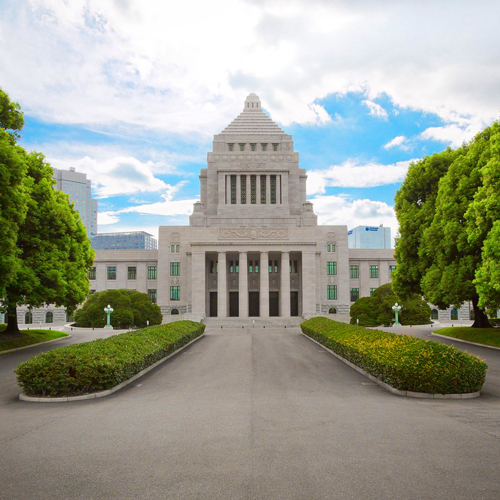‘The Hikikomori Survey’: Tragical Cry of Hikikomori in their 40’s

Supposedly there are 540,000 hikikomori nationwide
The Cabinet Office announced the results of a survey on the actual conditions of the hikikomori in the age bracket between 15 to 39 on September 7, 2016. This survey was done for the second time. First survey was done 6 years ago. The office has announced that the number of the hikikomori has decreased by 150,000 since the last survey.
In the press room, I heard some people saying that it was weird that people over 40 was not included in the survey. I interviewed one of the hikikomori who were in their 40’s.
The number of the hikikomori decreased by 150,000. Is it a fact?
According to ‘the report of investigation into lifestyles of young people’ (issued by the Director-General for Policy Planning of the Cabinet Office) which presents actual situation of the hikikomori, the appearance rate of the hikikomori is 1.57% nationwide, which is estimated to be approx. 540,000 people.
The previous survey held in 2010 showed the appearance rate of 1.79% which was estimated to be 690,000 people. Based on these results, it was concluded that there was a decrease of 150,000 hikikomori. The survey was done on over 5000 households in the country (3,115 hikikomori and 2,897 members of their family).
According to the 2010 survey there were the hikikomori between age 30 to 34 (18.6%) and between 35 to 39 (5.1%). If those who were in the age bracket 34 to 39 had continued to be hikikomori for 6 years, they would have been excluded in from the survey.
The outreach training, that is, the approach in which supporters visit homes of the hikikomori to talk with them on varied topics and help them go outside, is planned only for the hikikomori under 39 in order to enhance support for those who have been hikikomori for a long time.
There was also a session of questions and answers. In reply to a question; ‘Isn’t there a need to take actions to support the hikikomori over 40 years old?’
Mr. Ishida, the Director-General in charge of Schemes for Symbiotic Society, answered saying; ‘People over 40 are no longer the young people.’ ‘Not within the jurisdiction of the Cabinet Office.’ ‘People over 40 are cared by the Ministry of Health, Labor and Welfare.’
It did not seem that there would be any care for the hikikomori over 40 years old, nor there would be any plans to will be cared about or investigated.
‘My Existence has been erased’ – a bitter cry of a hikikomori woman in her 40’s
Ms. T, a woman in her 40’s and who has been hikikomori for more than 20 years, told me in a discouraged tone, ‘‘I am really disappointed with the results of the survey this time. It amounts to the same thing the existence of hikikomori over 40, is erased by them. We are often despised as ‘abandoned citizens’, the results made me feel that I am ridiculed as an abandoned citizen. It is very clear to me, if there are more hikikomori over 40, the nation will have more people to go on welfare and more medical expenses. As a result, the nation itself will be in trouble. Why does the nation not face this problem? I just can’t understand it. I only have more uneasiness about future.’’’’’’’
Other hikikomori people and ex-hikikomori said in harsh tones; ‘Though 150,000 of the hikikomori were announced to have been decreased, is it just because Japan’s population has decreased and because those who were counted 6 years ago have just excluded from the survey this time?’
‘It is wrong that those who are hunting for jobs or helping with the housework are excluded,’
‘What is this survey all about?’
‘They have not conducted a follow-up survey on those who had been hikikomori for more than seven years at the time of the last survey. This is inconsistent with one of their slogans to enhance supports for those who have been hikikomori more than seven years.’
‘It is wrong that those who are searching for jobs or doing household works are excluded,’
‘What is this survey all about?’
‘They have not persecuted what happened to the same persons after 6 years, this contradicts against their slogans to enhance the supports on extending hikikomori periods.’
The survey reportedly cost 20 million yen. Although it was conducted on a larger scale asking a larger number of people questions than the last time, I had a feeling that the situation was getting only worse.
Editor: Shiho Dobashi
Translator: Yukinori Maehara

